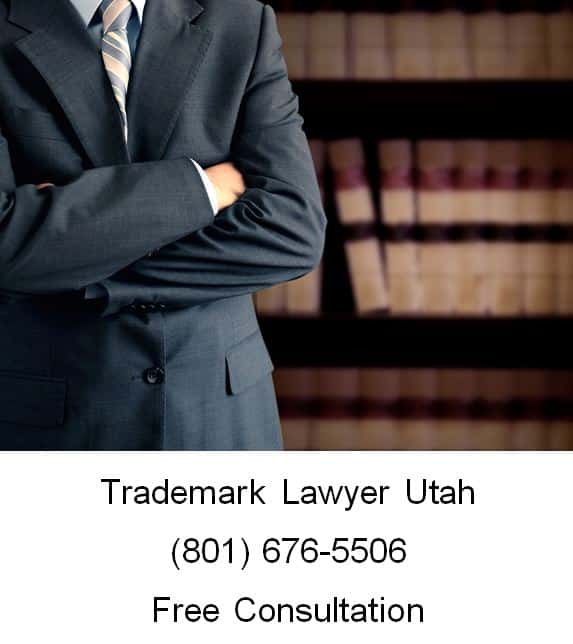
A trademark includes any word, name, symbol, or device, or any combination, used, or intended to be used, in commerce to identify and distinguish the goods of one manufacturer or seller from goods manufactured or sold by others, and to indicate the source of the goods. In short, a trademark is a brand name. As a intellectual property lawyer, we are asked about trademarks, copyrights, patents, and trade secrets on a pretty regular basis.
A service mark is any word, name, symbol, device, or any combination, used, or intended to be used, in commerce, to identify and distinguish the services of one provider from services provided by others, and to indicate the source of the services.
Patents protect inventions and improvements to existing inventions. Copyrights cover literary, artistic, and musical works. Trademarks are brand names and/or designs which are applied to products or used in connection with services.
1. Constructive notice nationwide of the trademark owner’s claim.
2. Evidence of ownership of the trademark.
3. Jurisdiction of federal courts may be invoked.
4. Registration can be used as a basis for obtaining registration in foreign countries.
5. Registration may be filed with U.S. Customs Service to prevent importation of infringing foreign goods.
Federal registration is not required to establish rights in a trademark. Common law rights arise from actual use of a mark. Generally, the first to either use a mark in commerce or file an intent to use application with the Patent and Trademark Office has the ultimate right to use and registration.
Federal registration has several advantages, including notice to the public of the registrant’s claim of ownership of the mark, a legal presumption of ownership nationwide, and the exclusive right to use the mark on or in connection with the goods or services set forth in the registration.
You may conduct a search free of charge on the USPTO website using the Trademark Electronic Search System (TESS). An attorney or private trademark search firms will conduct searches for a fee.
Only the owner of the trademark may file an application for its registration. An application filed by a person who is not the owner of the mark will be declared void. Generally, the person who uses or controls the use of the mark, and controls the nature and quality of the goods to which it is affixed, or the services for which it is used, is the owner of the mark.
You can access forms through the U.S. Patent and Trademark Office’s Trademark Electronic Application System (TEAS). TEAS can be used to file an application for registration of a mark, respond to examining attorney’s office action, notice of change of address, amendment to allege use, statement of use, request for extension of time to file a statement of use, affidavit of continued use under 15 U.S.C. section 1058, affidavit of incontestability under 15 U.S.C. section 1065, combined affidavit under 15 U.S.C. sections 1058 and 1065, or combined filing under 15 U.S.C. sections 1058 and 1059. Additional forms may be available through the Trademark Assistance Center at 1-800-786-9199 (or (703) 308-9000).
Use of the symbols “TM” or “SM” (for trademark and service mark, respectively) may, however, be governed by local, state, or foreign laws and the laws of the pertinent jurisdiction must be consulted. These designations usually indicate that a party claims rights in the mark and are often used before a federal registration is issued.
The federal registration symbol may be used once the mark is actually registered in the U.S. Patent and Trademark Office. Even though an application is pending, the registration symbol may not be used before the mark has actually become registered. The federal registration symbol should only be used on goods or services that are the subject of the federal trademark registration. Several foreign countries use the letter R enclosed within a circle to indicate that a mark is registered in that country. Use of the symbol by the holder of a foreign registration may be proper.
An applicant must comply with all substantive and procedural requirements of the Trademark Act and Trademark Rules of Practice even if he or she is not represented by an attorney. For this reason, you should contact a lawyer to assist you.
Free Consultation with a Utah Trademark Lawyer
If you are here, you probably have a trademark issue you need help with, call Ascent Law for your free intellectual property law consultation (801) 676-5506. We want to help you.
8833 S. Redwood Road, Suite C
West Jordan, Utah
84088 United States
Telephone: (801) 676-5506
Recent Posts
Provisions to Put In Your Employment Contracts
Pros and Cons of In-House Attorneys

